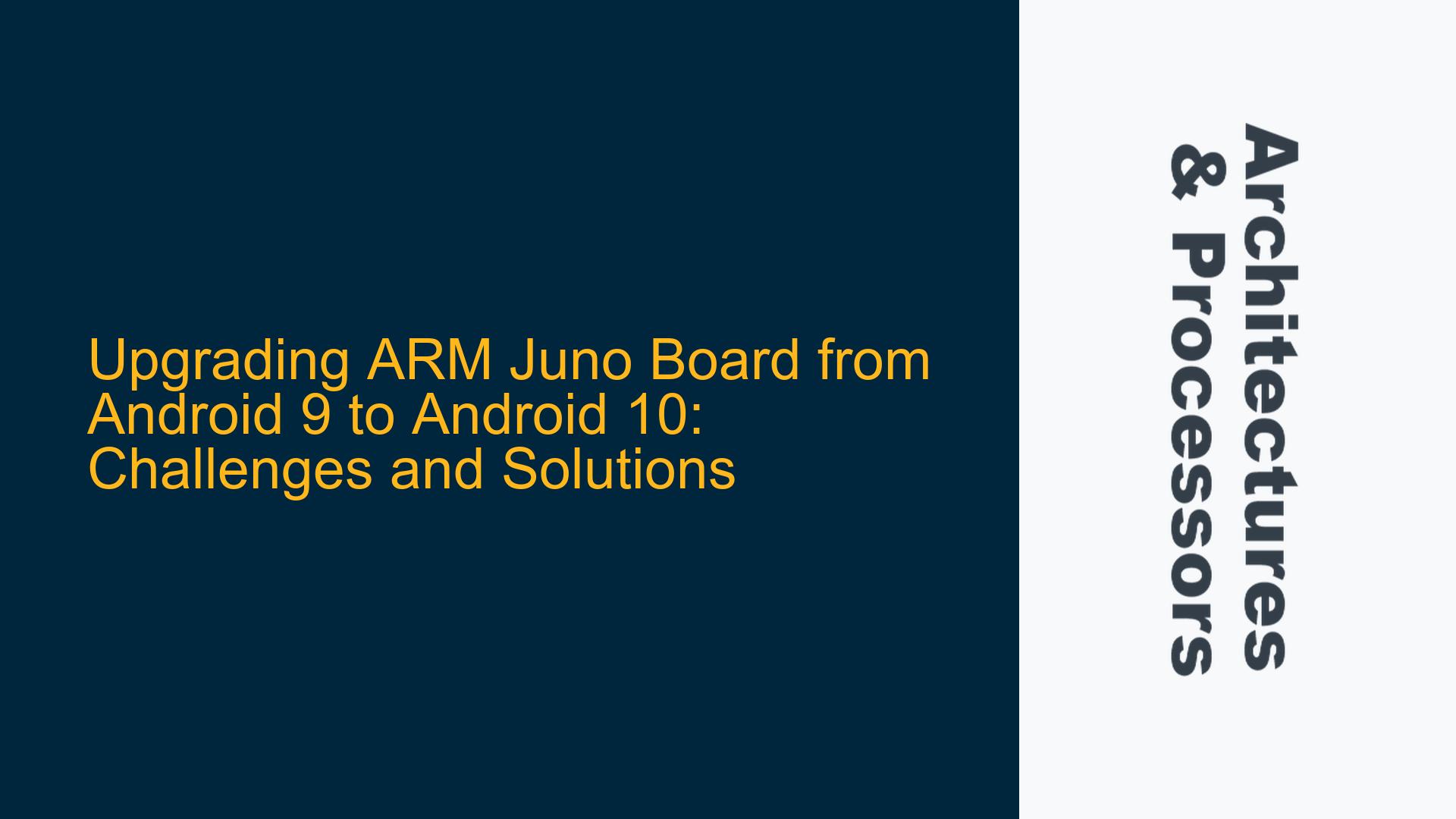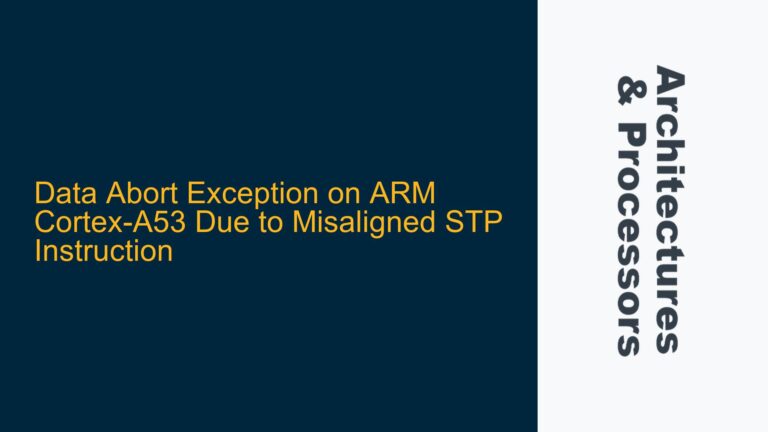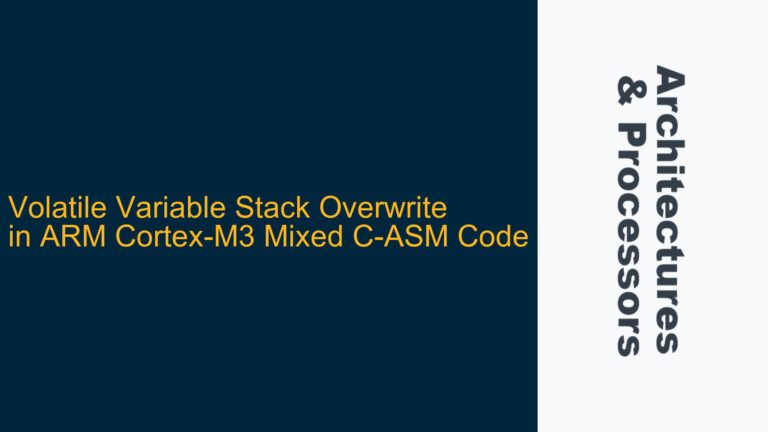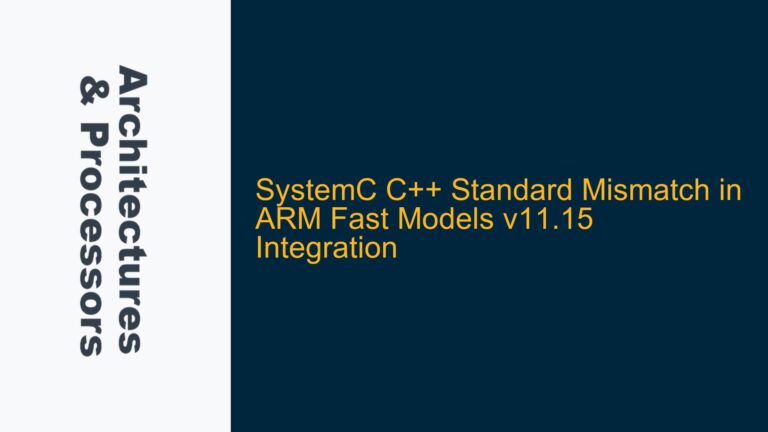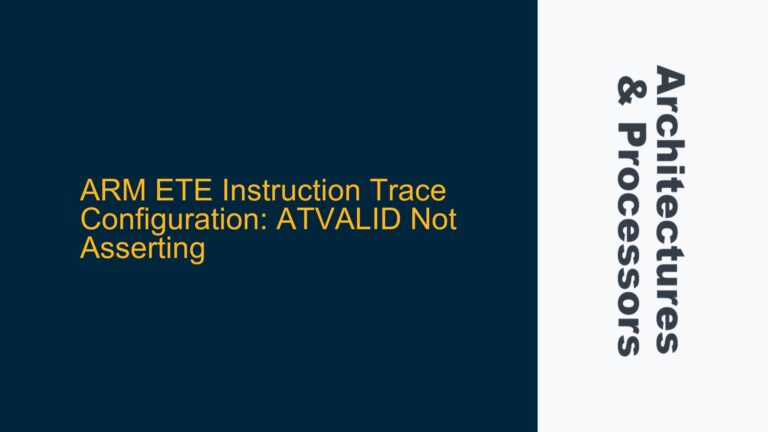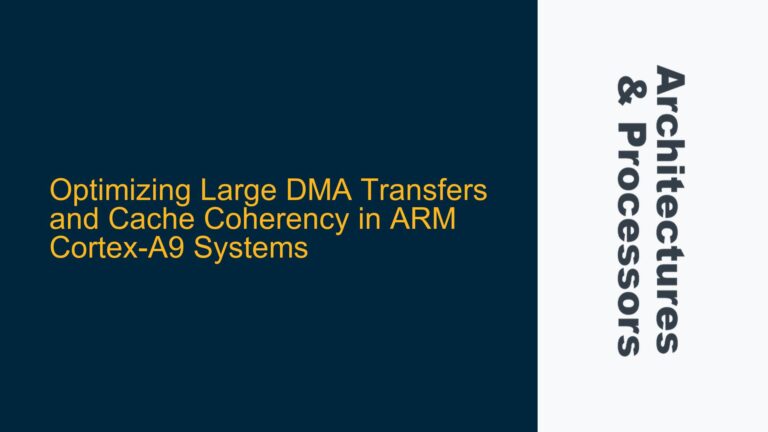ARM Juno Board Android 10 Upgrade Challenges
The ARM Juno board, a development platform widely used for testing and prototyping on ARM architectures, presents unique challenges when upgrading from Android 9 to Android 10. The primary issue revolves around the compatibility of the existing Juno SDK, which is based on Android 9, with the newer Android 10 framework. Android 10 introduces several architectural changes, including updates to the Linux kernel, new hardware abstraction layers (HALs), and modifications to the Android runtime environment. These changes necessitate a thorough understanding of both the ARM Juno hardware and the Android software stack to ensure a smooth transition.
The Juno board, powered by ARM Cortex-A series processors, is designed to support a wide range of operating systems, including Android. However, the transition from Android 9 to Android 10 is not straightforward due to differences in the underlying system requirements and the need for updated drivers and firmware. The Linaro-provided Juno SDK, which is based on Android 9, may not be fully compatible with Android 10, leading to potential issues such as boot failures, driver incompatibilities, and performance degradation.
One of the key challenges is the need to update the bootloader and firmware to support the new Android 10 kernel. The bootloader, which is responsible for initializing the hardware and loading the operating system, must be compatible with the new kernel version used in Android 10. Additionally, the firmware, which includes low-level software that controls the hardware, must be updated to support the new features and requirements of Android 10. This process requires a deep understanding of the ARM architecture and the specific hardware components of the Juno board.
Another significant challenge is the need to update the device drivers to ensure compatibility with Android 10. Device drivers are essential for the operating system to communicate with the hardware, and any incompatibilities can lead to system instability or hardware malfunctions. The transition to Android 10 may require modifications to existing drivers or the development of new drivers to support the updated hardware abstraction layers and kernel interfaces.
Bootloader and Firmware Incompatibilities with Android 10
The primary cause of the upgrade challenges from Android 9 to Android 10 on the ARM Juno board lies in the incompatibilities between the existing bootloader and firmware with the new Android 10 kernel and system requirements. The bootloader, which is responsible for initializing the hardware and loading the operating system, must be updated to support the new kernel version used in Android 10. The existing bootloader, designed for Android 9, may not be capable of handling the changes introduced in the Android 10 kernel, leading to boot failures or system instability.
The firmware, which includes low-level software that controls the hardware, must also be updated to support the new features and requirements of Android 10. The firmware on the Juno board is tightly coupled with the hardware, and any changes to the operating system or kernel may require corresponding updates to the firmware. This is particularly important for components such as the GPU, which may require updated firmware to support the new graphics drivers and APIs introduced in Android 10.
Another potential cause of upgrade issues is the incompatibility of existing device drivers with the new Android 10 framework. Device drivers are essential for the operating system to communicate with the hardware, and any incompatibilities can lead to system instability or hardware malfunctions. The transition to Android 10 may require modifications to existing drivers or the development of new drivers to support the updated hardware abstraction layers and kernel interfaces. This is particularly challenging for custom hardware components that may not have readily available drivers for Android 10.
The Android 10 update also introduces changes to the Android runtime environment, including updates to the ART (Android Runtime) and the introduction of new APIs and system services. These changes may require modifications to the existing software stack on the Juno board to ensure compatibility with the new runtime environment. This includes updating the system libraries, frameworks, and applications to support the new APIs and system services introduced in Android 10.
Updating Bootloader, Firmware, and Drivers for Android 10 Compatibility
To successfully upgrade the ARM Juno board from Android 9 to Android 10, a comprehensive approach is required to address the bootloader, firmware, and driver incompatibilities. The first step is to update the bootloader to support the new Android 10 kernel. This involves obtaining the latest version of the bootloader from the ARM or Linaro repositories and ensuring that it is compatible with the Juno board’s hardware. The bootloader must be configured to initialize the hardware correctly and load the new kernel without issues. This may require modifying the bootloader configuration files or updating the bootloader code to handle the changes introduced in the Android 10 kernel.
The next step is to update the firmware to support the new Android 10 features and requirements. This involves obtaining the latest firmware images from the ARM or Linaro repositories and flashing them to the Juno board. The firmware update process must be carefully managed to ensure that all hardware components are correctly initialized and configured. This may involve updating the firmware for specific components, such as the GPU, to support the new graphics drivers and APIs introduced in Android 10.
Once the bootloader and firmware have been updated, the next step is to update the device drivers to ensure compatibility with Android 10. This involves identifying any drivers that are incompatible with the new Android 10 framework and either modifying them or developing new drivers to support the updated hardware abstraction layers and kernel interfaces. This process requires a deep understanding of the ARM architecture and the specific hardware components of the Juno board. It may also involve working with the ARM or Linaro communities to obtain the necessary driver updates or to develop custom drivers for specific hardware components.
After updating the bootloader, firmware, and drivers, the final step is to update the Android software stack to support the new Android 10 runtime environment. This involves updating the system libraries, frameworks, and applications to support the new APIs and system services introduced in Android 10. This may require modifying the existing software stack or developing new components to ensure compatibility with the new runtime environment. The updated software stack must be thoroughly tested to ensure that it is stable and performs well on the Juno board.
In conclusion, upgrading the ARM Juno board from Android 9 to Android 10 is a complex process that requires a deep understanding of the ARM architecture, the Juno board’s hardware, and the Android software stack. By carefully updating the bootloader, firmware, drivers, and software stack, it is possible to achieve a successful upgrade and take advantage of the new features and improvements introduced in Android 10. However, this process requires careful planning, thorough testing, and a willingness to work closely with the ARM and Linaro communities to address any challenges that may arise.
